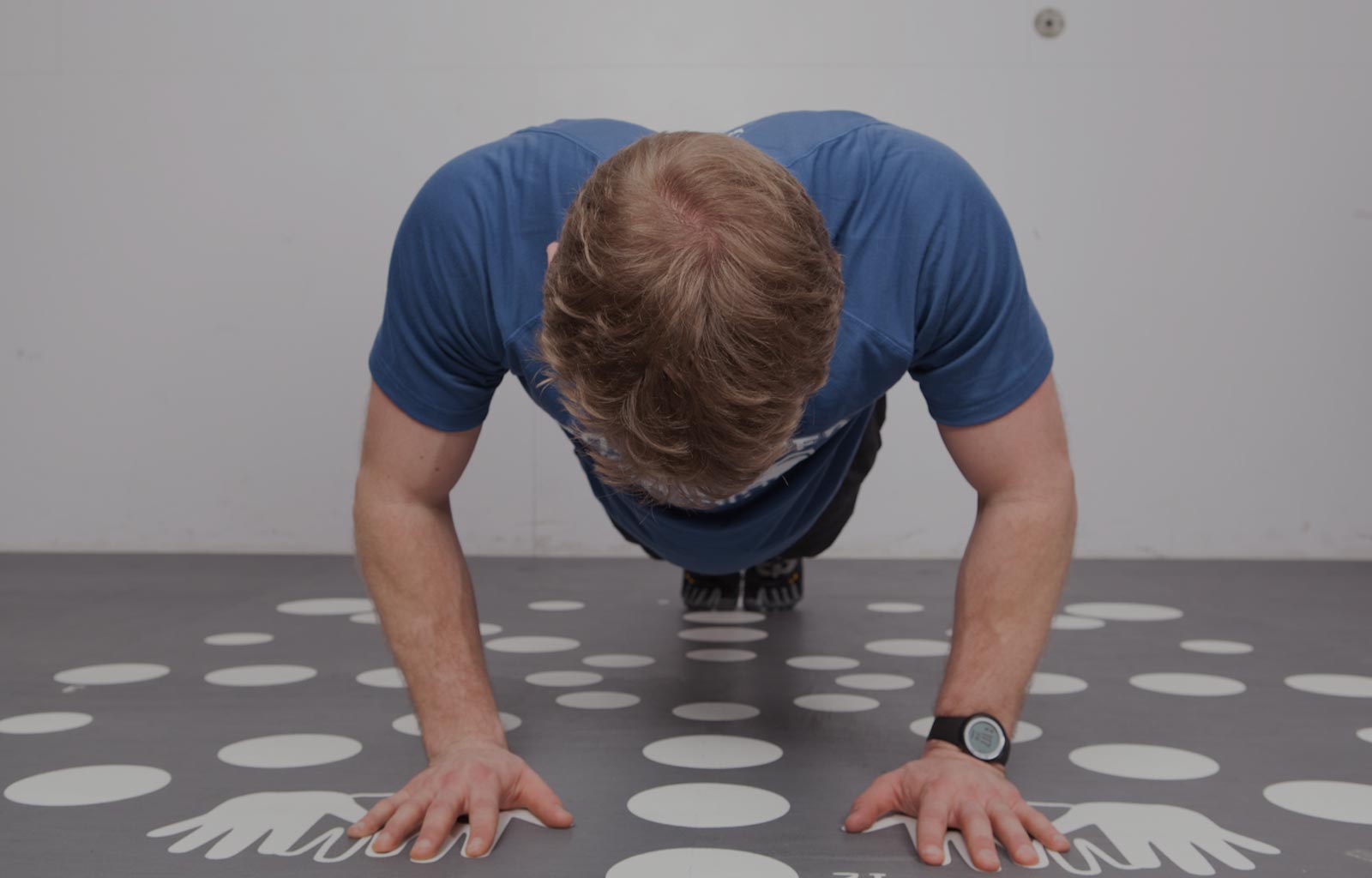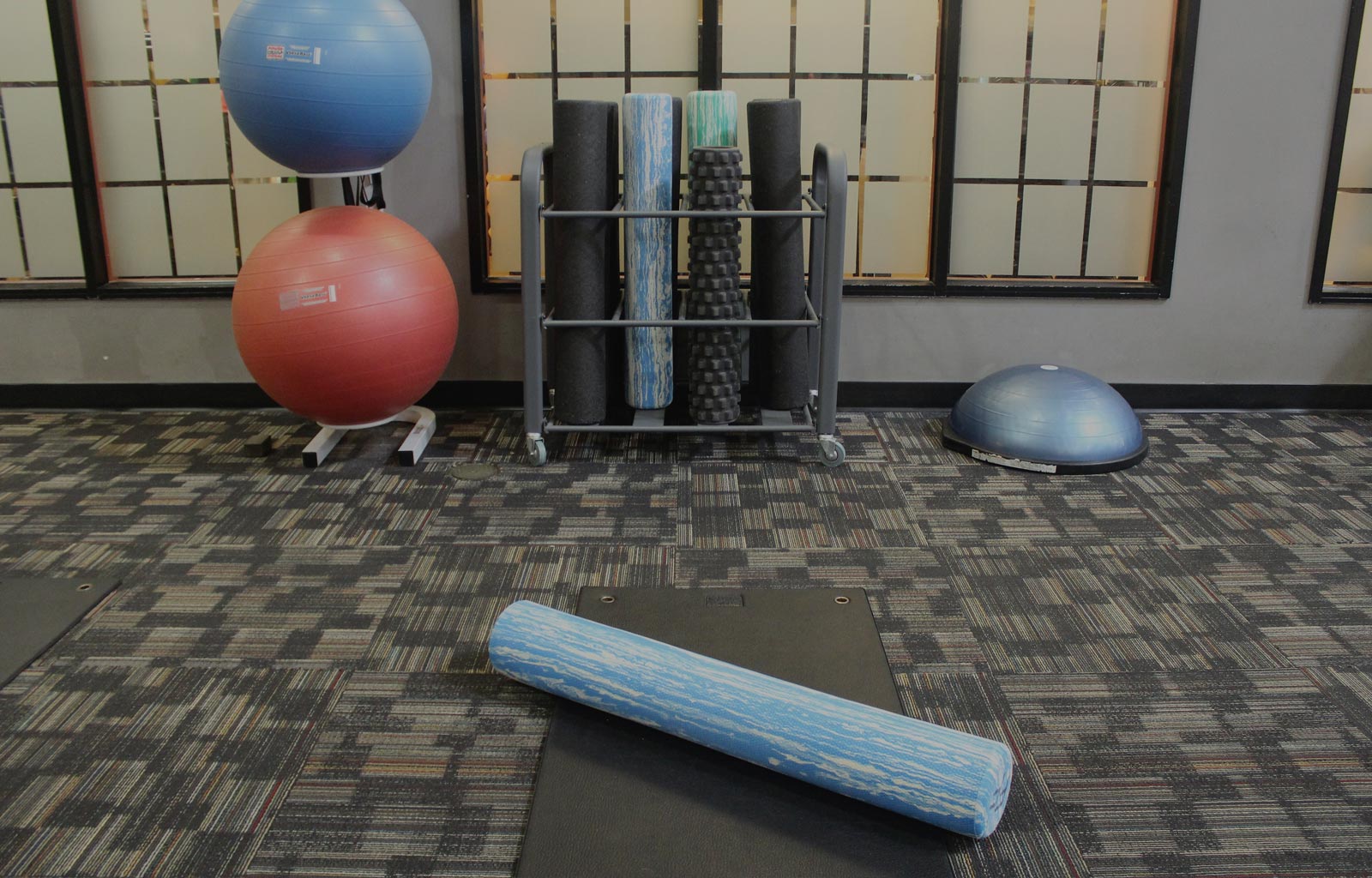Among the many new additions with the new Free Weight and Turf Area recently opened at the RAC, you may have noticed people pushing and pulling a slightly odd looking wheeled device and thought to yourself “What is that and what are they doing?”, “What are the benefits?”, or “Would that work for me?”. This device is called a weight sled or specifically to the one at the RAC, the “Tank”.
Whether you’re a seasoned gym-goer, athlete or someone just looking to switch up your routine, adding a weight sled workout into your exercise routine can offer numerous benefits.
How to Use
The most popular way you will see someone using the Tank is by pushing it, but the Tank can also be pulled, backwards or forwards, by using the straps located in the center of the Tank. The Tank’s primary means of resistance comes from magnets controlled by a lever on the side of the Tank. There is a neutral, 1, 2, and 3 setting. There is also an “MX” mode which adds an additional 25% of resistance, a way to add a small increment in between each of the three settings.
There are resistance levers for both sets of wheels. When using it, only the magnets in the axle at the front of the Tank are engaged (the back is not). This allows you to have different resistances each way, if you like, or offers a great way to work out with a friend, by giving you each your own resistance. You can also add up to 270 total lbs of resistance by placing weight plates in the center of the Tank; but in my experience this often isn’t necessary for the majority of people, as the magnets are plenty!
Benefits
One of the biggest advantages to sled training is that it is a compound exercise, or one that works more than one muscle group at once. When pushing or pulling a sled you will be working your quads, hamstrings, glutes, calves, core and arms.
With the Tank there is also an option to swap out the traditional arms for longer handles which allows you to pick up the back half of the Tank and use it like a wheelbarrow. This will focus more on your arms, grip strength and core, similar to a farmer’s carry. When using it like a wheelbarrow I recommend keeping the magnetic resistance low and adding weight plates to the center.
Pushing or pulling a sled is a great way to build strength and power, especially in your legs. At the same time weight sleds are also a great tool to enhance cardiovascular endurance by using them in a HIIT (High Intensity Interval Training) manner. Anyone who has used one will tell you they definitely get your heart rate up! Combining both of these benefits makes it a great tool to increase your metabolism. Sled training has also been shown to increase sprint performance compared to unresisted sprinting, making it a great tool to improve sports performance. (Cahill, 2020).
Finally, anyone who has used a sled will tell you that they can be quite a challenge, resulting in increased mental toughness, focus and resiliency. If you’ve never used a sled before, I recommend taking it easy at first to get used to how it works and how you’ll feel after and then slowly ramping up the intensity as you get used to it.
Injury Prevention
People focusing on performance aren’t the only ones who can see benefit from using a sled. Using a sled is low impact on the body and the adjustable levels on the Tank make it suitable for nearly anyone to use. The movement patterns associated with sled training help to improve joint stability and strengthen surrounding muscles.
Additionally, when pushing or pulling a sled you are always using a concentric muscle action – or one where you are applying force to something, whereas an eccentric phase is when you are traditionally lowering a weight and the load is being applied on your muscles. By using a concentric only action with a sled this takes away the eccentric portion where one may struggle with an exercise or feel pain in their knees or back such as on squats, lunges, deadlifts, etc.
The concentric only action also causes less muscular damage, resulting in a lower likelihood of overtraining. The sled also provides added protection as there is no repercussion if you do not apply equal amounts of force throughout your push or pull as you get fatigued; compared to a traditional exercise where not applying enough force to lift the specific weight could cause you to fail on the lift and risk injury.
Conclusion
Incorporating a weight sled into your workout routine can lead to numerous health benefits from building strength and cardiovascular fitness to preventing injuries. Whether you’re an athlete or a casual gym-goer adding a sled workout into your routine can be a great way to mix things up and see results. The next time you’re in the RAC go give the Tank a try!
References:
Cahill, M. J., Oliver, J. L., Cronin, J. B., Clark, K. P., Cross, M. R., & Lloyd, R. S. (2020). Influence of resisted sled-push training on the sprint force-velocity profile of male high school athletes. Scandinavian Journal of Medicine & Science in Sports, 30(3), 442–449. https://doi.org/10.1111/sms.13600.




